Dotée d’une direction à droite comme toutes les grandes routières françaises de l’époque, le châssis n° 57158 du premier millésime fut facturé à l’agent Bugatti de Londres, Sorel, le 7 août 1934. L’usine Bugatti n’ayant pas le temps, dit-on, de carrosser la voiture pour le salon de Londres, James Young fut chargé de réaliser cette élégante et unique carrosserie qu’elle possède toujours aujourd’hui. La Bugatti fut immatriculée « HLH 302 » au Royaume-Uni et son premier propriétaire aurait été M. Cookson. Le deuxième fut M. Ripley et le troisième le très connu collectionneur de Bugatti (et ancien président du Bugatti Owners Club), le Colonel G. M. Giles, qui acheta la voiture en 1942 et l’utilisa beaucoup après 1945. Il a décrit cette voiture dans « Bugantics » comme sa « Bugatti XVII » (probablement sa 17e Bugatti) en l’appelant Frieda. La Type 57 partit ensuite aux Etats-Unis où elle eut plusieurs propriétaires (liste sur demande) avant d’être achetée par Desmond G. Fitzgerald de Washington DC à la fin des années 1980. Desmond Fitzgerald est noté comme propriétaire sur l’ancien titre américain (émis en juillet 1989) qui a été retamponné par la DVLA (en date de juillet 2002 pour l’immatriculation ancienne « JAS 950 ») précisant que la voiture était au Royaume-Uni à l’époque. Après cet achat, M. Fitzgerald fit restaurer totalement la voiture. La carrosserie fut confiée à Niko de Niko-Michael Coachwork, Port Washington, New York, tandis que l’intérieur était regarni par Johann Merkhofer de Vantage Auto Interiors à Stamford (Connecticut). Le moteur fut totalement reconstruit à grands frais par Vintage Restorations et la boîte de vitesses, le pont arrière et les freins par Motive à Port Washington. Après cette restauration, la Bugatti remporta sa classe et fut classée deuxième du trophée « Best of Show » aux Greenwich Concours. Achetée par feu Bob Lalement en 2002, elle avait parcouru moins de 3 200 km depuis sa restauration. La Bugatti resta dans l’importante collection de Bob Lalement en Belgique et, après son décès, fut achetée par l’actuel propriétaire en 2006. Cette unique Type 57 qui se présente en parfaite condition de fonctionnement possède son outillage d’origine et ses papiers d’immatriculation aux Pays-Bas. ‘The car sped along at 80mph with the comfort and quietness one associates with the Type 57... We were quite willing to believe that Jean Bugatti has achieved the 435 kilometres to Paris in just under 1½ hours in the Type 57 - an average of 77mph...’ - Motor Sport, May 1939. By the early 1930s Ettore Bugatti had established an unrivalled reputation for building cars with outstanding performance on road or track; the world’s greatest racing drivers enjoying countless successes aboard the Molsheim factory’s products and often choosing them for their everyday transport. Although Bugatti is best remembered for its racing models, most of the 6,000-or-so cars produced at the Molsheim factory were touring cars of sporting character. Produced from 1934 to 1940, the Type 57 exemplified Bugatti’s policy of building fast and exciting touring cars possessing excellent handling and brakes. The Type 57 was powered by a twin-cam engine derived from that of the Type 51 Grand Prix car, and was the firm’s most popular model. Because of its lengthy run of success, Ettore Bugatti had remained stubbornly committed to his single-cam engine, only adopting the more advanced double-overhead-camshaft method of valve actuation, after much prompting by his eldest son Jean on the Type 50 of 1930. From then on Jean Bugatti took greater responsibility for design, his first car being the exquisite Type 55 roadster, a model ranking among the finest sports cars of the 1930s. He followed that with a design of equal stature, the Type 57. A larger car than the Type 55, the Type 57 was powered by a 3.3-litre, double-overhead-camshaft straight eight of modern design housed in Bugatti's familiar vintage-style chassis. The range showed the strong influence o
Dotée d’une direction à droite comme toutes les grandes routières françaises de l’époque, le châssis n° 57158 du premier millésime fut facturé à l’agent Bugatti de Londres, Sorel, le 7 août 1934. L’usine Bugatti n’ayant pas le temps, dit-on, de carrosser la voiture pour le salon de Londres, James Young fut chargé de réaliser cette élégante et unique carrosserie qu’elle possède toujours aujourd’hui. La Bugatti fut immatriculée « HLH 302 » au Royaume-Uni et son premier propriétaire aurait été M. Cookson. Le deuxième fut M. Ripley et le troisième le très connu collectionneur de Bugatti (et ancien président du Bugatti Owners Club), le Colonel G. M. Giles, qui acheta la voiture en 1942 et l’utilisa beaucoup après 1945. Il a décrit cette voiture dans « Bugantics » comme sa « Bugatti XVII » (probablement sa 17e Bugatti) en l’appelant Frieda. La Type 57 partit ensuite aux Etats-Unis où elle eut plusieurs propriétaires (liste sur demande) avant d’être achetée par Desmond G. Fitzgerald de Washington DC à la fin des années 1980. Desmond Fitzgerald est noté comme propriétaire sur l’ancien titre américain (émis en juillet 1989) qui a été retamponné par la DVLA (en date de juillet 2002 pour l’immatriculation ancienne « JAS 950 ») précisant que la voiture était au Royaume-Uni à l’époque. Après cet achat, M. Fitzgerald fit restaurer totalement la voiture. La carrosserie fut confiée à Niko de Niko-Michael Coachwork, Port Washington, New York, tandis que l’intérieur était regarni par Johann Merkhofer de Vantage Auto Interiors à Stamford (Connecticut). Le moteur fut totalement reconstruit à grands frais par Vintage Restorations et la boîte de vitesses, le pont arrière et les freins par Motive à Port Washington. Après cette restauration, la Bugatti remporta sa classe et fut classée deuxième du trophée « Best of Show » aux Greenwich Concours. Achetée par feu Bob Lalement en 2002, elle avait parcouru moins de 3 200 km depuis sa restauration. La Bugatti resta dans l’importante collection de Bob Lalement en Belgique et, après son décès, fut achetée par l’actuel propriétaire en 2006. Cette unique Type 57 qui se présente en parfaite condition de fonctionnement possède son outillage d’origine et ses papiers d’immatriculation aux Pays-Bas. ‘The car sped along at 80mph with the comfort and quietness one associates with the Type 57... We were quite willing to believe that Jean Bugatti has achieved the 435 kilometres to Paris in just under 1½ hours in the Type 57 - an average of 77mph...’ - Motor Sport, May 1939. By the early 1930s Ettore Bugatti had established an unrivalled reputation for building cars with outstanding performance on road or track; the world’s greatest racing drivers enjoying countless successes aboard the Molsheim factory’s products and often choosing them for their everyday transport. Although Bugatti is best remembered for its racing models, most of the 6,000-or-so cars produced at the Molsheim factory were touring cars of sporting character. Produced from 1934 to 1940, the Type 57 exemplified Bugatti’s policy of building fast and exciting touring cars possessing excellent handling and brakes. The Type 57 was powered by a twin-cam engine derived from that of the Type 51 Grand Prix car, and was the firm’s most popular model. Because of its lengthy run of success, Ettore Bugatti had remained stubbornly committed to his single-cam engine, only adopting the more advanced double-overhead-camshaft method of valve actuation, after much prompting by his eldest son Jean on the Type 50 of 1930. From then on Jean Bugatti took greater responsibility for design, his first car being the exquisite Type 55 roadster, a model ranking among the finest sports cars of the 1930s. He followed that with a design of equal stature, the Type 57. A larger car than the Type 55, the Type 57 was powered by a 3.3-litre, double-overhead-camshaft straight eight of modern design housed in Bugatti's familiar vintage-style chassis. The range showed the strong influence o

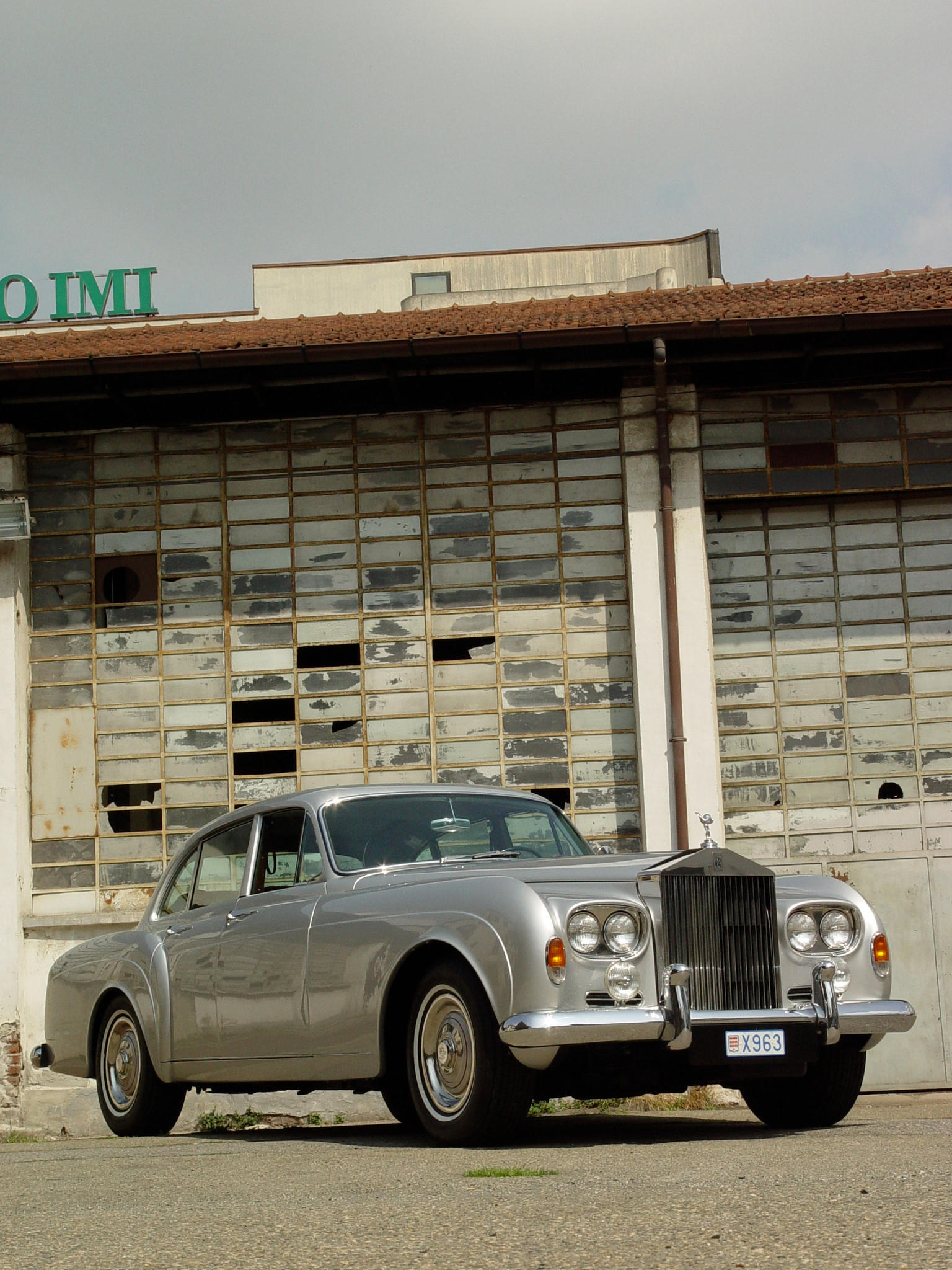

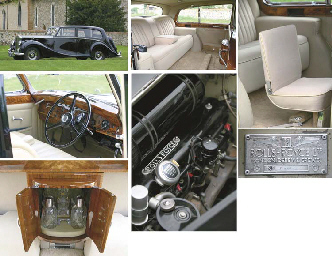

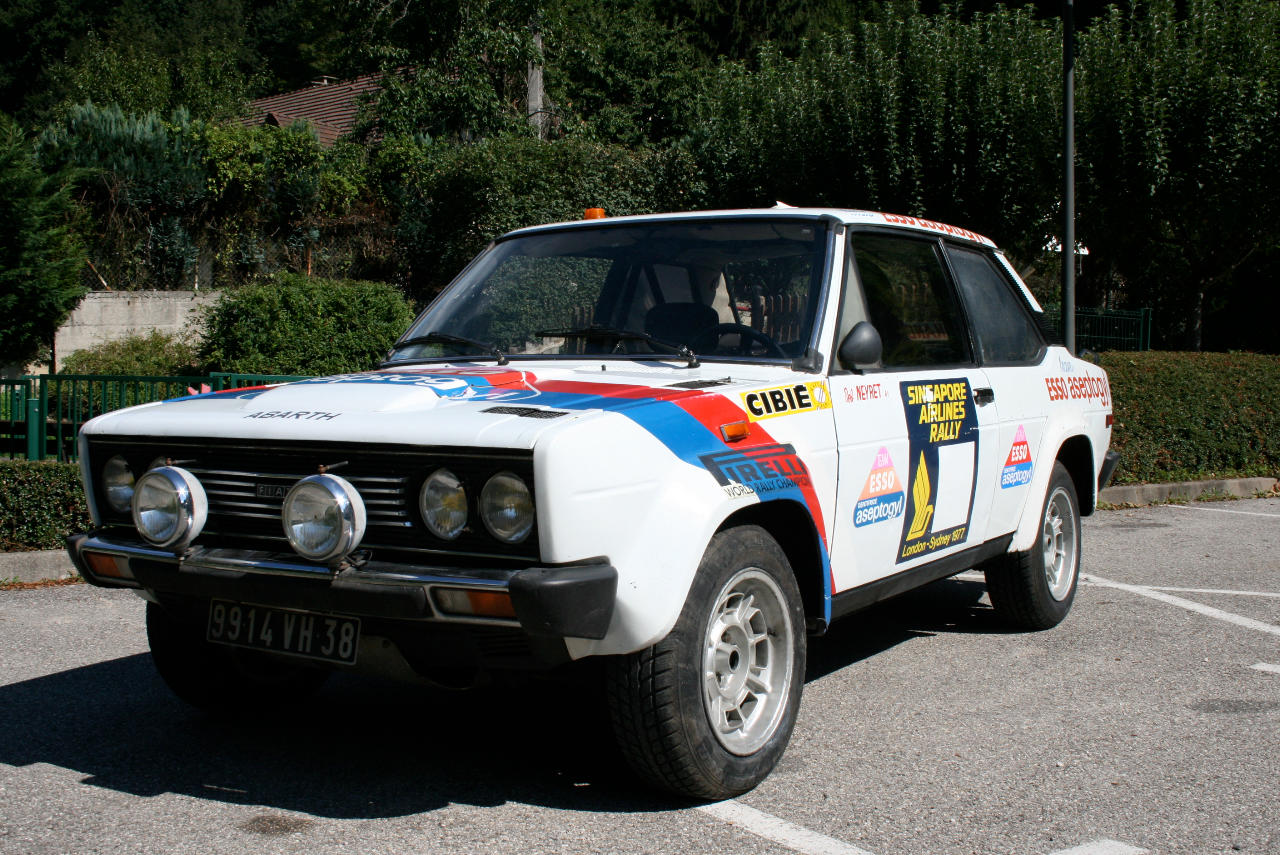
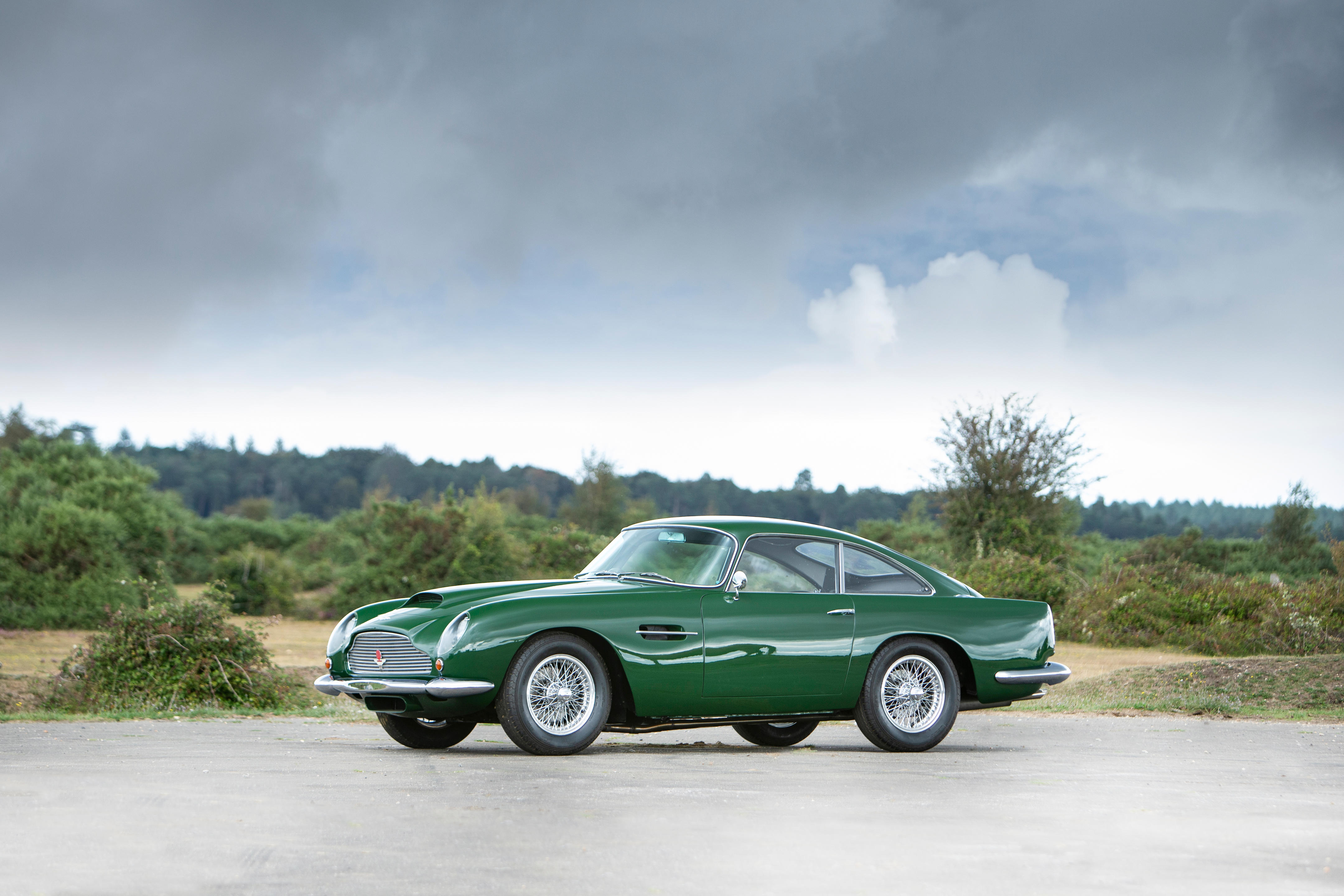
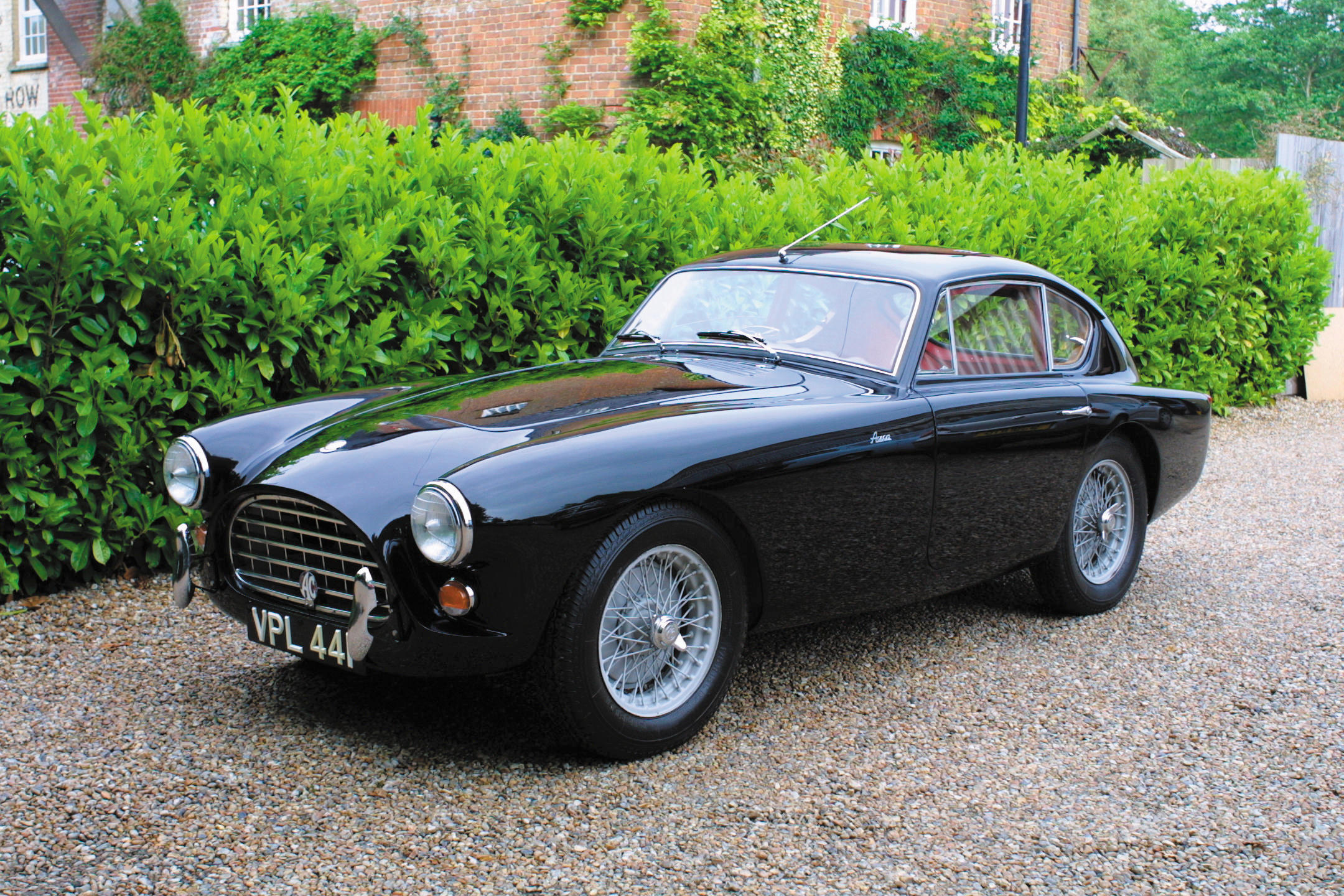

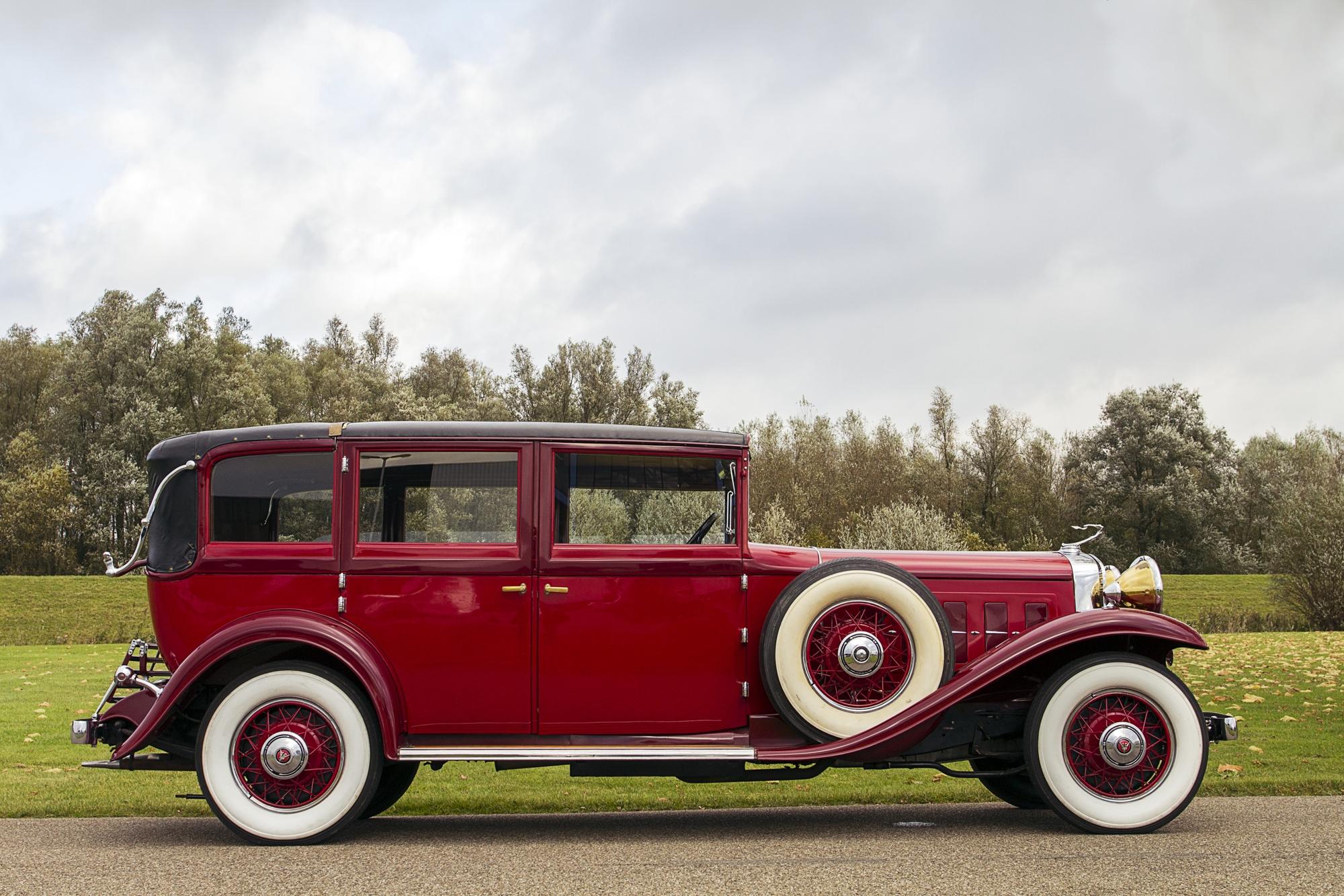
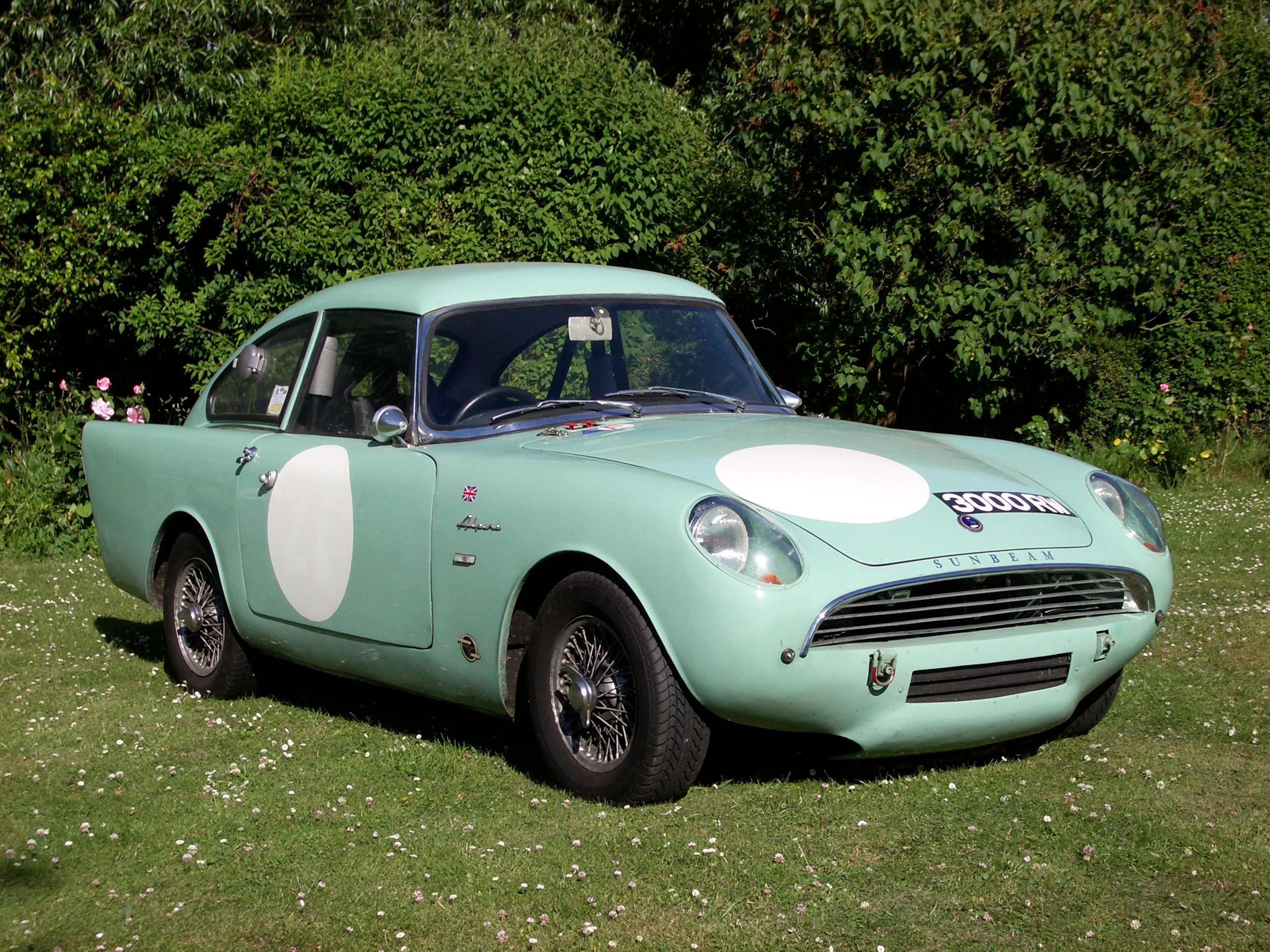
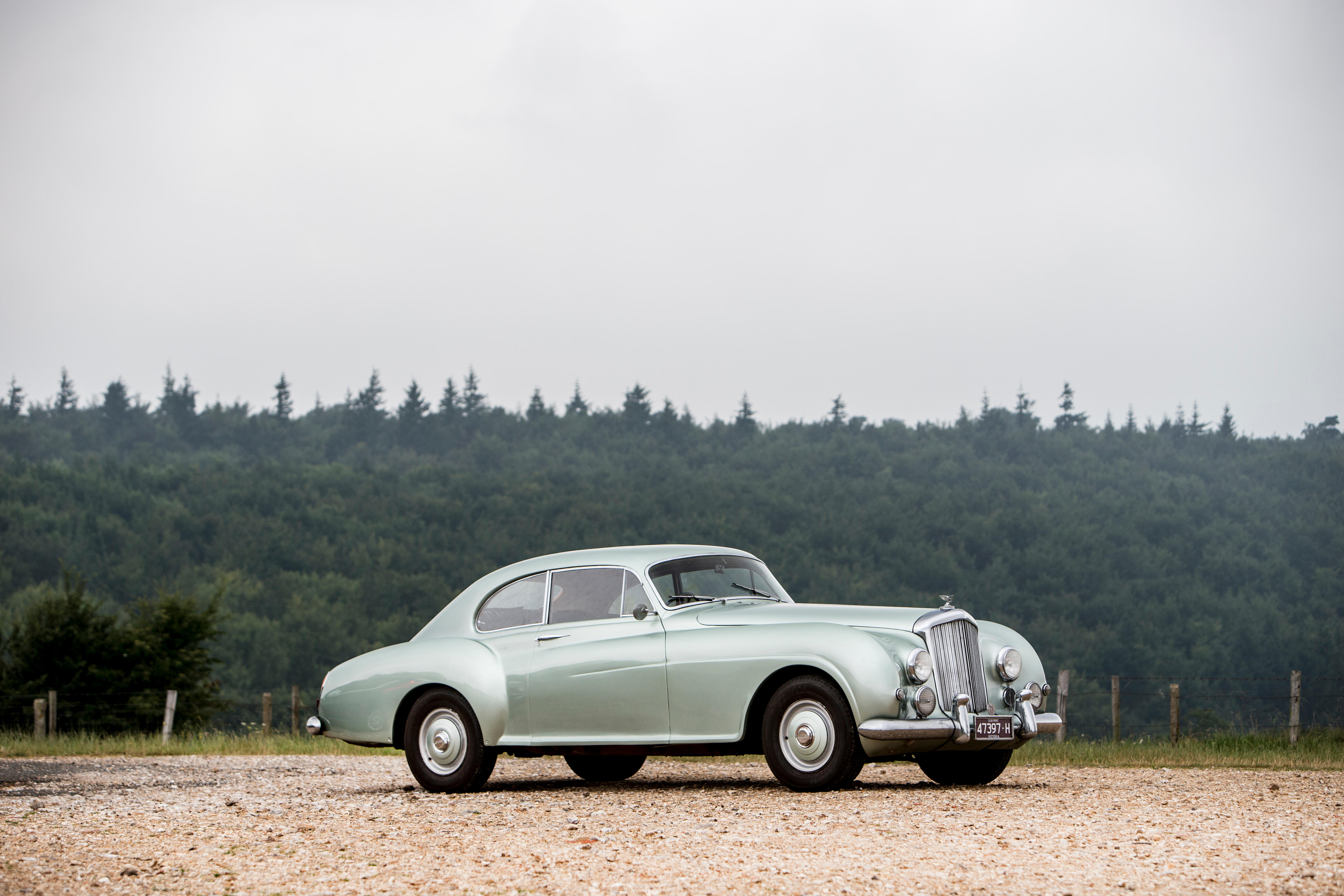
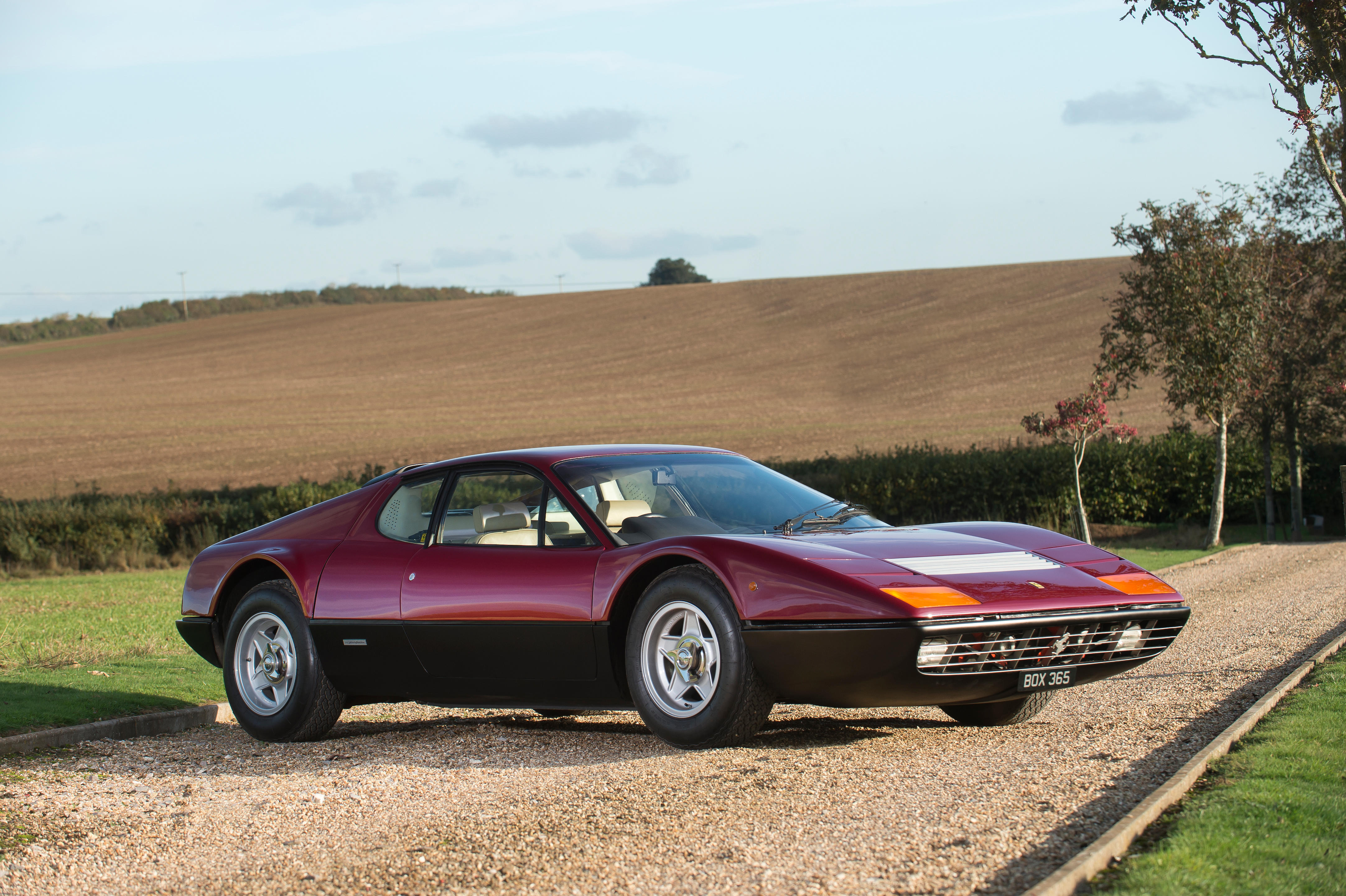
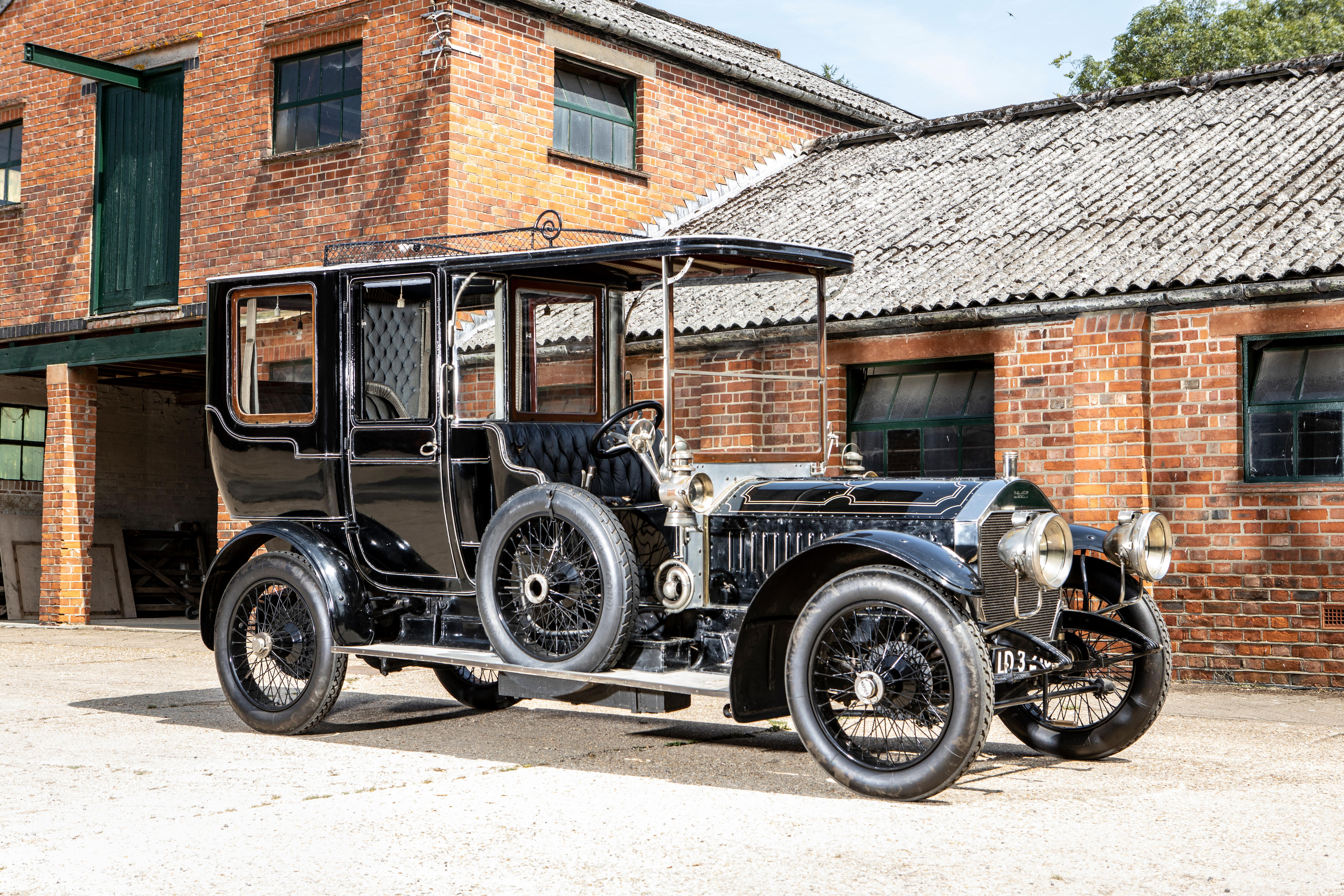

Testen Sie LotSearch und seine Premium-Features 7 Tage - ohne Kosten!
Lassen Sie sich automatisch über neue Objekte in kommenden Auktionen benachrichtigen.
Suchauftrag anlegen